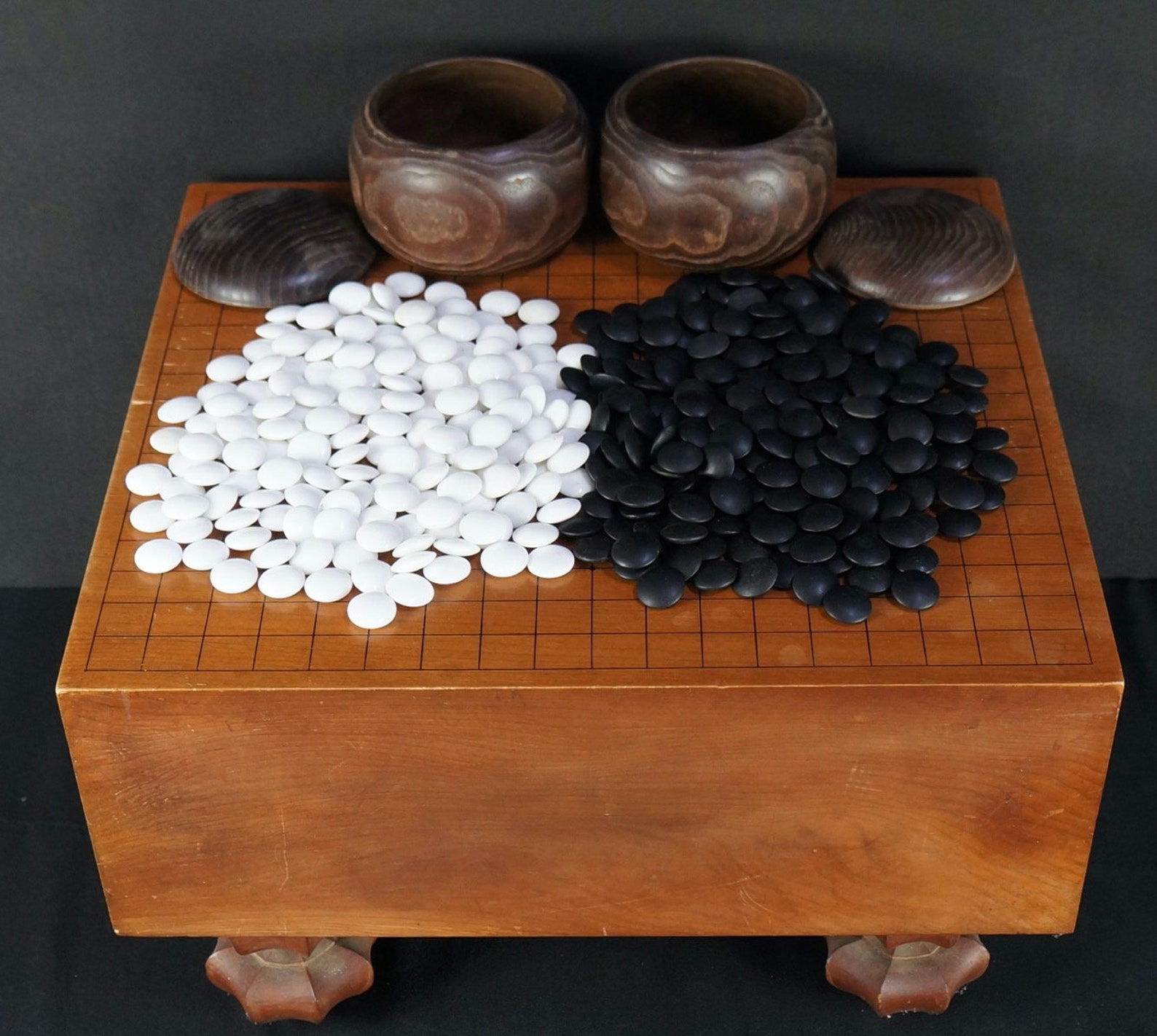
More likely it would represent two different surnames. There clearly is no period after the M, so I question whether it is a single set of initials at all. Here is some rather convoluted speculation: I am perplexed and intrigued by the underseat brands. I was delighted to see that your legs and stiles were joined in that manner, thru the apparently single- plank seat and arm rail. Traditionally, they were inserted into holes that penetrated the seat, and then made secure by driving a thin wedge into the top. But it's great to see that the legs and the two stiles of your chairs are joined to the seat in the historic manner.

Of course, it takes being there, feeling and inspecting the wood, to positively identify it.Īnother point of difference between antique and reproduction Windsors: if you look at photos of antique Windsors, you’ll see that the legs show varying degrees of ‘splay’, whereas yours seem much closer to vertical. The legs, stretchers, and front arm supports were most often maple, because of its close grain adaptability to being shaped with lathe and chisel. In both, the arm rail was generally maple the spindles were hickory, white oak or ash. The Firehouse and Captain’s styles were common to the latter half of the 19th century, 1850 to perhaps 1890. I’m not familiar with the term Smoker’s chair, but the Firehouse Windsor, and later Captain’s chair, which yours resemble, are indeed sturdier/heavier than the graceful parlor Windsors – just not quite as thick as yours, in my limited experience. But as I understand it, it wasn’t until Industrial Age machinery that it could have been accomplished in oak.Īnother clue is that the turned spindles supporting the arm rail are somewhat thicker/bolder than traditional early American. The gently scooped shape, and apparent solidity of your seats, certainly fit this bill. In the early days of tools and machining, it was the soft wood of pine that made it easy to shape the seat in the traditional "saddle" pattern. The main point is that the seat appears to be solid oak, whereas antique Windsor seats were consistently fashioned of knot-free pine, and only occasionally whitewood or chestnut, always of a single wide plank. However, I am more inclined to think they are very nice reproductions, not true antiques, nor the earliest 18th century American originals.


And many indications of a good traditional chair.


 0 kommentar(er)
0 kommentar(er)
